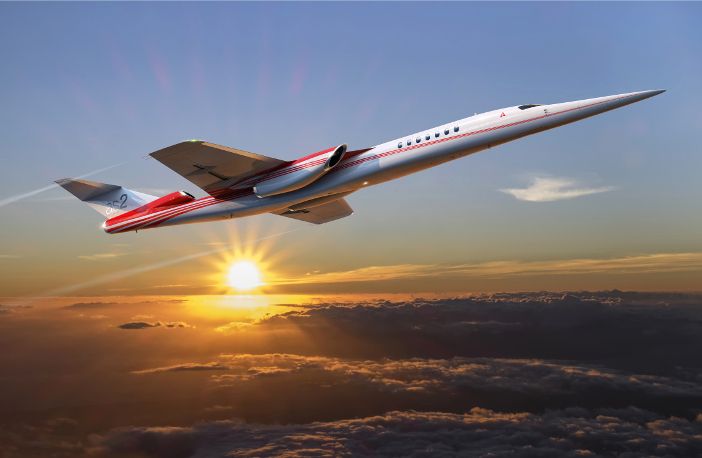Supersonic business jet company Aerion is to shut down because it has been unable to secure the funding needed for the remainder of its AS2 aircraft’s test and development program.
In a statement the company blamed an inability to raise sufficient capital to fund future development as the reason for the closure. The Nevada, USA-based company employs around 150 people.
“Aerion has assembled a world-class team of employees and partners, and we are very proud of our collective efforts to realize a shared vision of revolutionizing global mobility with sustainable supersonic flight. Since our company’s formation our team has created disruptive new innovations plus leading-edge technologies and intellectual property.
“The AS2 supersonic business jet program meets all market, technical, regulatory and sustainability requirements and the market for a new supersonic segment of general aviation has been validated with US$11.2 billion in sales backlog for the AS2.
“However, in the current financial environment, it has proven hugely challenging to close on the scheduled and necessary large new capital requirements to finalize the transition of the AS2 into production. Given these conditions, the Aerion Corporation is now taking the appropriate steps in consideration of this ongoing financial environment.”
Aerion’s planned AS2 is a 12-passenger jet capable of a “boomless cruise” speed of Mach 1.4. The AS2, development of which started almost 20 years ago, is one of the most mature designs for the proposed new generation of quiet supersonic commercial aircraft.
Aerion had been aiming to fly the AS2 for the first time in 2024 and have it certificated and in operation two years later. Wind tunnel testing with models was completed last year after earlier aerodynamics and vibration testing on some components at rig level had been conducted.
However, work stalled last year during the Covid-19 pandemic and a preliminary design review that was expected to be completed soon after was pushed back to this year, with first flight and certification also delayed to 2025 and 2027.
Aerion was founded in 2003 and over the years has partnered with several high profile aerospace firms, including Lockheed Martin, GE, Honeywell and most recently Boeing and GKN.
Aerion’s approach to noise-reduction is different to NASA’s QueSST, which uses a technique called aerodynamic shaping and is expected to make its first test flight next year.
The AS2’s “boomless cruise” is also known as Mach cut-off flight and uses onboard and remote sensors to evaluate atmospheric conditions and limit the cruise speed to a setting at which a sonic boom would refract off warmer layers of the atmosphere or dissipate before reaching the ground.
The aircraft’s design also makes use of a natural laminar flow wing which reduces turbulence and drag to increase aerodynamic efficiency, making higher speeds achievable.
Aerion announced a year ago that it planned to relocate its operations to a US$300 million campus in Melbourne, Florida to host R&D, manufacturing and maintenance facilities and around 675 new jobs.
Read more
Aerion reveals test flight timetable for supersonic business jet
Supersonic testing: boom or bust?
The next generation of supersonic passenger aircraft





